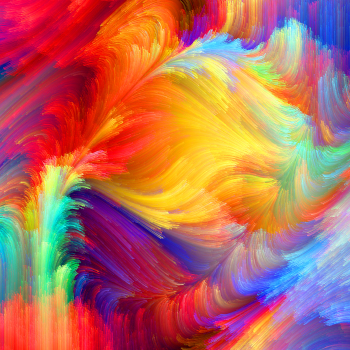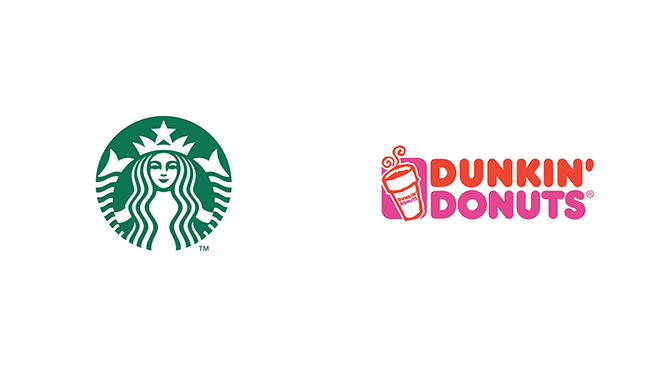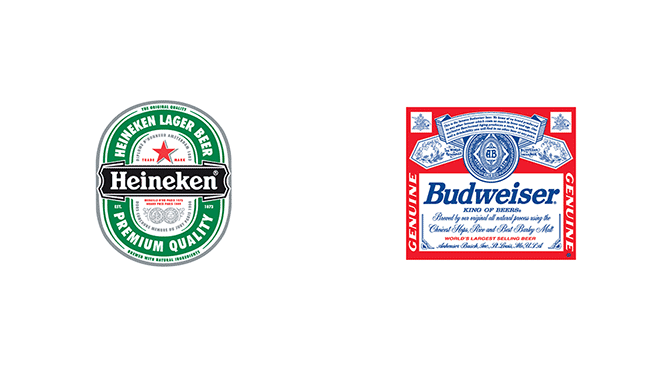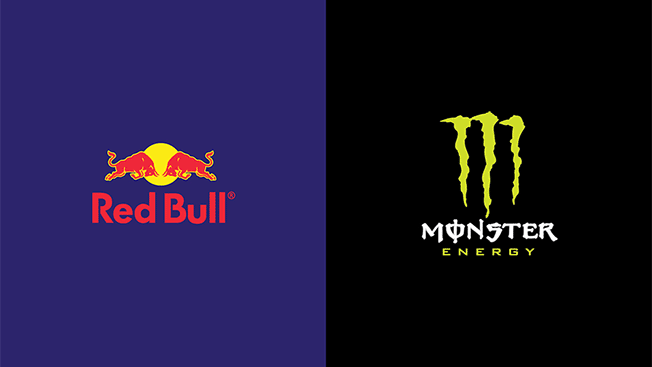
ROY G. BIV: Could Be the Silent Persuader in Your Brand’s Success
 Let me start by extending a sincere “Thank You” for all the kind comments on last week’s blog. And I’m not just referring to the one left by my wife in the blog comments. The feedback I received most was, “I really enjoyed it” along with “Is it $500?” or “I definitely misread the boxes.”
Let me start by extending a sincere “Thank You” for all the kind comments on last week’s blog. And I’m not just referring to the one left by my wife in the blog comments. The feedback I received most was, “I really enjoyed it” along with “Is it $500?” or “I definitely misread the boxes.”
If you missed last week’s blog, find it here, How Did a Ball, a Bat, and a Little Math Expose the Secrets of Your Brain?. If you want to catch up with the cool kids, go read it now, because we’re about to drop a spoiler at the end of this blog.
This week, we’re swapping our calculators for color palettes and moving from the math class to the art room. Well, not literally, but we’re going to delve into color! That’s right, our friend ROY G. BIV and the palette of persuasion he presents. We’ll explore how our minds link colors with brands.
To get started, let’s do a quick quiz on brands that meet the following criteria:
Which company uses three parallel stripes in its logo?
Which company has a hidden arrow in its logo?
Which company’s logo includes a globe with lines on it?
Which company uses two overlapping circles in its logo?
Which company has a circle with a wave running through it in its logo?
Pretty easy, right?
Did you know that color can enhance brand recognition by up to 80%? I know, my jaw dropped too when I first heard that. But when you add that together (there’s that pesky math again) with the fact that our minds take just 90 seconds to form a judgment about a product, and 90% of that decision is influenced by color alone 1, you can plainly see, color is invaluable to brand marketing. It’s almost as if color is doing the heavy lifting for the marketing department.
Let’s revisit our quiz with some additional details:
Which company’s logo typically uses three black or white parallel stripes?
Which company’s logo, featuring purple and orange, has a hidden arrow in it?
Which company’s logo includes a blue globe with lines on it?
Which company uses one orange and one yellow overlapping circle in its logo?
Which company’s logo is a red-and-blue circle with a white wave running through it?
Did adding colors make the recognizing the brands easier? If not, you’re probably used to skewing the curve for the class, or perhaps you spend too much time on the internet. But, we’re going to borrow the registered trademark phrase from a gym with a love of purple, “This is a Judgement Free Zone.”
If you want to dive deeper into how different colors trigger your emotions, check out ‘Psychology Of Color In Logo Design’ by The Logo Company. If you’re anything like me and love blue—even with a company named Red Whiskey (find out why here!)—you might be a big fan of trust and dependability!
We’re going to close this week with some visuals that really challenge our current perceptions of the brands we know. A hat tip to Paula Rupolo for the images below! Here’s a link to her post where she unveiled them, ‘The Brand Colour Swap 2: What’s in a colour?‘




![]()





Wow! some of those color swaps really throw you off.
The world of branding is vibrant; it’s filled with shapes and colors that help strengthen our recollection and facilitate connection with clients and customers. If you’re developing your brand, don’t forget the power of color.
Till next time.
Spoiler Alert:
When you look at the question “If a bat and a ball cost $1,100 and the bat costs $100 more than the ball, what does the ball cost?”
This is an example of a problem that initially seems straightforward, something our System 1 brain can tackle, but it requires a little more thought or a job for our System 2 brains. Many people immediately answer the ball cost $100, and the bat is $1000. While that adds up to $1,100, your math teacher, George Lussier comes to mind, would tell you, you are wrong.
The problem states the bat costs $100 more than the ball, not that the bat costs $100. So, let’s use some algebra (sorry word people) to solve the problem correctly:
If the ball is “x” and the bat is “x + $100”. The total cost is $1,100 you get this equation:
x (cost of the ball) + (x + $100) (cost of the bat) = $1,100.
{math is happening on this line}
TADA!
x = $500. Therefore, the ball costs $500 and the bat costs $600.
